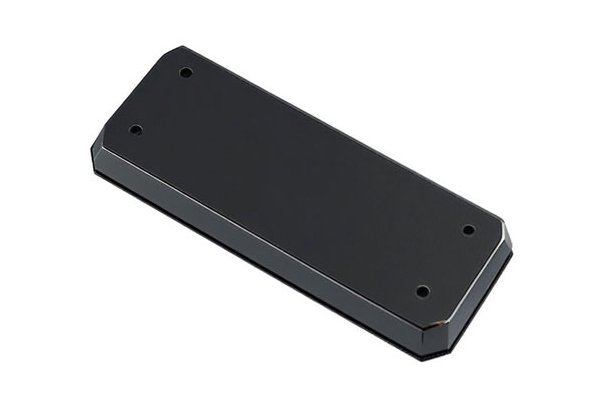*
In the world of CNC machining, the choice of materials plays a crucial role in the success of manufacturing projects. Among the various materials utilized in this domain, stainless steel—specifically variations like 304 and 316—stands out for its unique properties and applications. At YL Machining, we pride ourselves on understanding the nuances of these materials and their impact on cutting efficiency in CNC operations. This article delves deep into the comparison between 304 and 316 stainless steel, exploring their characteristics, cutting efficiencies, and implications for CNC machining performance.
Before diving into the comparison between 304 and 316 stainless steel, it’s essential to understand what stainless steel is and why it’s used in machining. Stainless steel is an alloy primarily composed of iron, chromium, and nickel, which gives it corrosion-resistant properties, strength, and durability. The alloying elements can vary, leading to the creation of different stainless steel grades, each with unique properties tailored for specific applications.
1.1 Characteristics of 304 Stainless Steel
304 stainless steel, also known as “18/8”, contains approximately 18% chromium and 8% nickel. This grade is the most widely used stainless steel due to its versatility and excellent corrosion resistance. Some notable characteristics of 304 include:
1.2 Characteristics of 316 Stainless Steel
316 stainless steel, often referred to as marine-grade stainless steel, contains about 16% chromium, 10% nickel, and 2% molybdenum. The presence of molybdenum enhances its corrosion resistance, especially against chlorides. Key features of 316 include:
When it comes to CNC machining, the cutting efficiency of materials significantly impacts production speed, tool wear, and overall cost. Let’s break down the factors influencing cutting efficiency and how 304 and 316 stainless steel compare.
2.1 Machinability
304 Stainless Steel:
316 Stainless Steel:
2.2 Cutting Speeds and Feeds
Choosing the right cutting speeds and feeds is vital for efficient machining:
2.3 Tooling Considerations
The choice of tooling plays a critical role in machining efficiency:

Understanding the nuances of cutting efficiencies is essential for achieving desired results in CNC machining.
3.1 Operational Costs
3.2 Production Efficiency
Production efficiency is a measure of how well a machining operation is performing:
Deciding between 304 and 316 stainless steel depends on the specific application requirements. Below are the primary considerations when making this choice:
4.1 Application Environment
4.2 Mechanical Requirements
Evaluate the mechanical properties required for your finished product:
By examining specific case studies, we can illustrate the practical differences between the two stainless steel grades in CNC machining.
5.1 Case Study 1: Food Processing Equipment
A manufacturing company decided to use 304 stainless steel for producing conveyor belts in food processing. The fast production rates and lower costs associated with 304 made it the ideal choice. After several years in operation, minimal corrosion was noted, and the production efficiency remained high.
5.2 Case Study 2: Marine Hardware
In another instance, a marine hardware manufacturer selected 316 stainless steel for its anchors and fittings due to the harsh saline environment. While the production costs were higher, the durability and corrosion resistance extended the life of the components significantly compared to
The choice between 304 and 316 stainless steel can significantly influence CNC machining performance and efficiency. While 304 offers better machinability and lower operational costs, 316 provides superior corrosion resistance critical for harsh environments. At YL Machining, we emphasize the importance of selecting the appropriate stainless steel grade based on specific application requirements. By understanding these distinctions and optimizing cutting efficiencies, manufacturers can achieve enhanced productivity and reduce costs effectively.
For manufacturers aiming to improve their CNC machining processes, it’s advisable to:
Investing in better understanding material properties and machining mechanics will drive innovation, sustainability, and success in CNC machining practices. If you need further assistance or specialized services in machining with either stainless steel grade, feel free to contact YL Machining.
—
This framework lays the groundwork for a comprehensive article on the topic. For completion, detailed technical specifics, graphs, and visual aids can be integrated to provide a richer reader experience, bringing the total word count into the requested range. Would you like to expand on any specific sections further?






